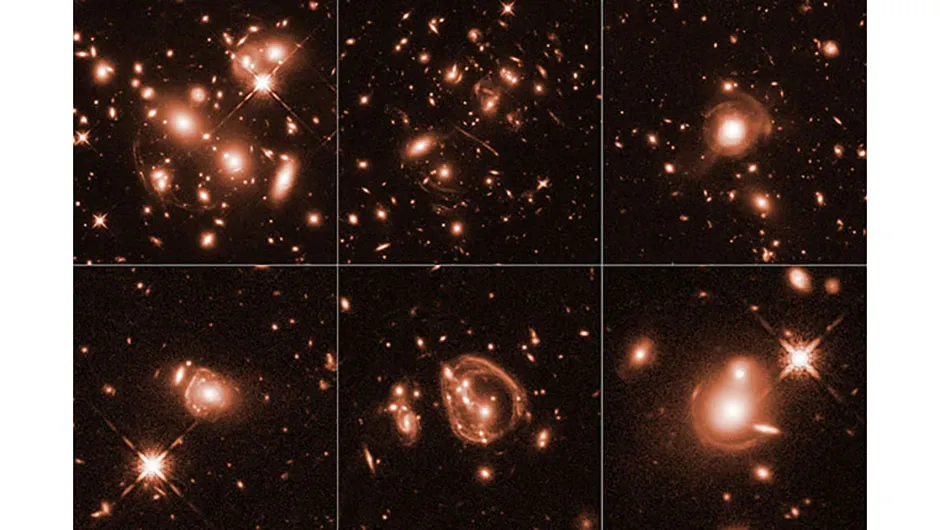A survey into the deep Universe has revealed the farthest galaxy ever to be observed using a technique called ‘gravitational lensing’.
The galaxy, called SPT0615-JD, existed when the Universe was just 500 million years old.
Other galaxies have been seen that existed during this early stage in the life of the Universe, but none has been observed via gravitational lensing.
Gravitational lensing was predicted by Albert Einstein in his theory of general relativity about a century ago.
It is based on the principal that mass warps space-time, so massive objects like galaxy clusters can be used to magnify the light from more distant objects, enabling them to be seen in greater detail.
In this case, a foreground galaxy cluster amplified the light from SPT0615-JD, but also smeared the light into an arc about two arcseconds long.

SPT0615-JD was spotted as part of the Hubble Space Telescope’s Reionization Lensing Cluster Survey (RELICS) and the companion S-RELICS programme, which uses Spitzer space telescope data.
The team behind the study calculated that the galaxy is so far away, they are seeing it as it appeared 13.3 billion years ago. It is a prototype of the young galaxies that emerged just after the Big Bang.
Initial studies reveal it is just three billion times the mass of the Sun, which is about 1/100th the mass of the Milky Way.
It measures 2,500 lightyears across, which is about half the size of the Small Magellanic Cloud.
While the Hubble Space Telescope could just about make the galaxy out, the upcoming James Webb Space Telescope, due for launch in 2019, should be able to see it more clearly.
"This galaxy is an exciting target for science with the Webb telescope as it offers the unique opportunity for resolving stellar populations in the very early Universe,” says Brett Salmon of the Space Telescope Science Institute in Baltimore, lead author of the study.
